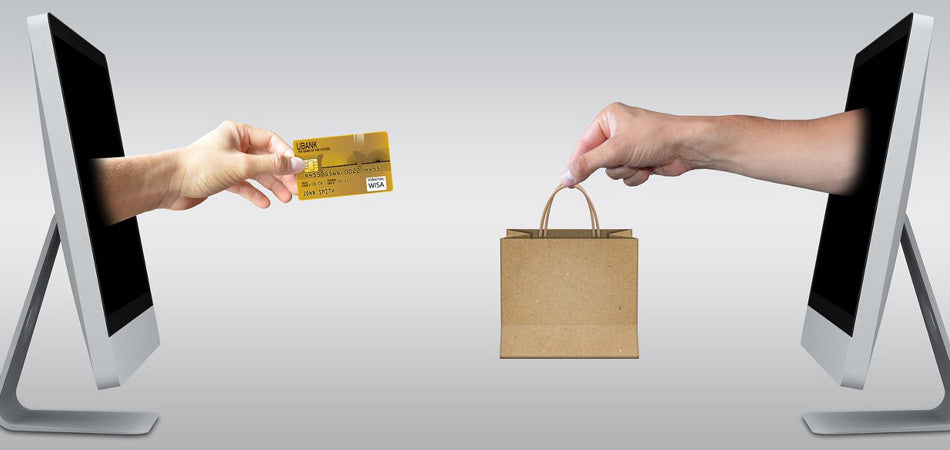
E-commerce is killing traditional retail
Share
New generation is becoming tech-savvy. Online sellers are finding new ways to meet customer demands and make attractive offers they cannot refuse. With the rise of smartphone users, e-commerce has received a huge boost. M-commerce is on its way to being the new trend. Traditional retail, also popularly known as ‘unorganized retail’ is facing strong cut-throat competition from online shops and marketplaces.
Why is E-Commerce overpowering Traditional Retail?
- Geographical boundaries are no longer a limitation.
- Low costs due to the pay-per-click mechanism for advertising and marketing, no requirement of a physical location for selling, required number of personnel is lesser than traditional retail.
- Offering deals, coupons and discount regularly also enabling comparison of products.
- Accessibility and availability facilitate customer convenience.
- Ratings, question and answers and comments giving a gateway for feedback.
Where does Traditional Retail hold power?
- Buyer Proximity still holds the throne for a detrimental factor for customers.
- Personal services offered by the seller embellishes reliability for customers.
- Frauds and scams are caught easier than in online cases. Traditional retail gives a sense of security to buyers.
- Brick and mortar stores promote inspection of products further providing customer satisfaction.
- No need of internet for making a purchase.
According to the statistical report, a majority of smartphone shoppers across the 6 countries under study (US, UK, France, Germany, Spain, and Japan) purchase on their device at least monthly. And India is also becoming a strong contender to join this list.
The advertising and marketing techniques of e-commerce have substantially improved over the time. If brick and mortar stores are in for the long run, they will be required to prove themselves in the race of quality and convenience. Marketplaces such as Amazon, Flipkart, eBay and Snapdeal have made a huge impact on the overall customer base. If trends from the past decade are to be believed, sales through this medium are on an escalation with a constant growth rate. People, in general, have taken a liking to get things done through a swipe on their mobile phones rather than physically visiting stores and shops and achieving the same.
Some new techniques of promotion and marketing should be considered if businesses under traditional retail hope to survive the tide of time and dynamic environment in India.

